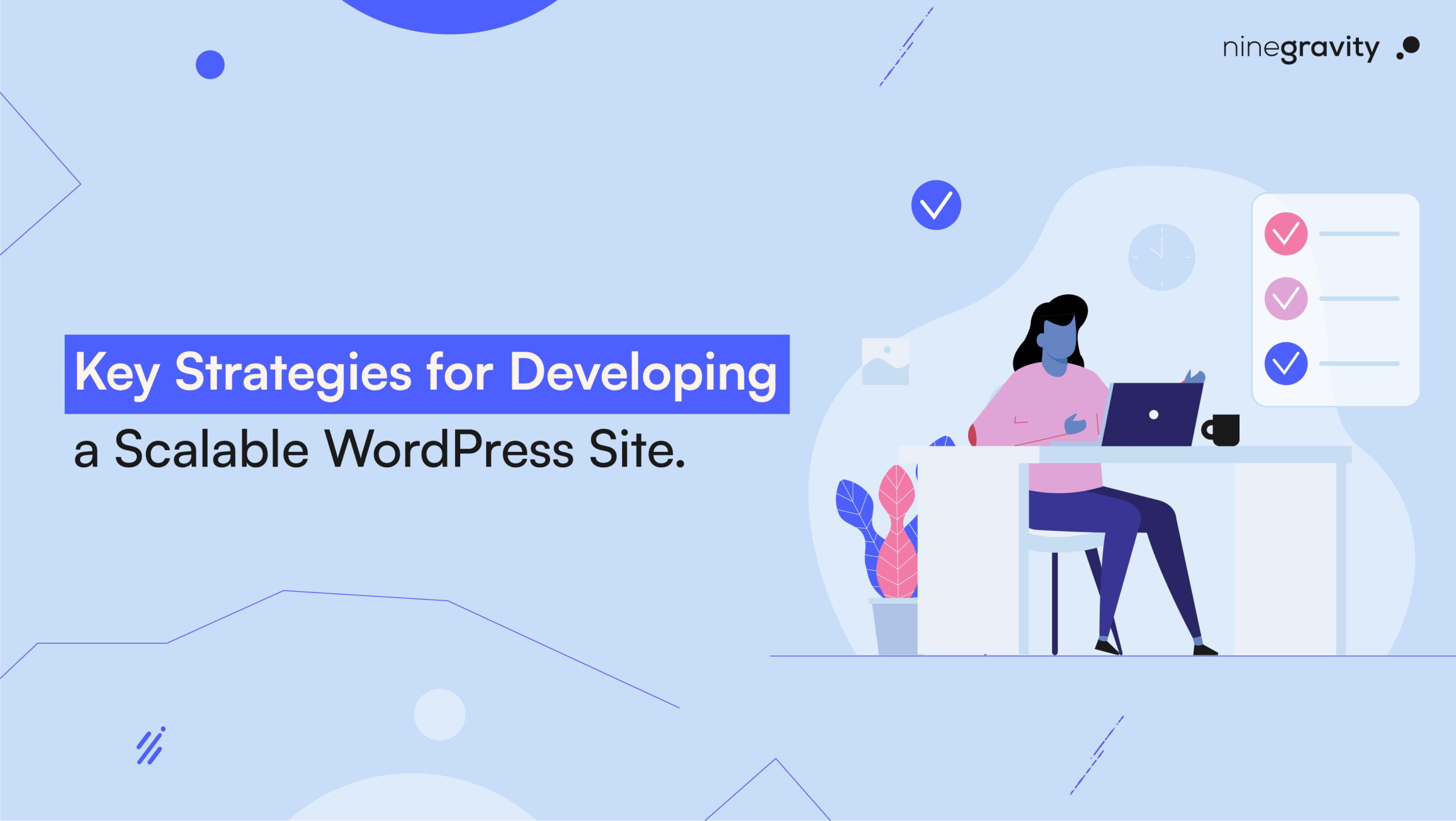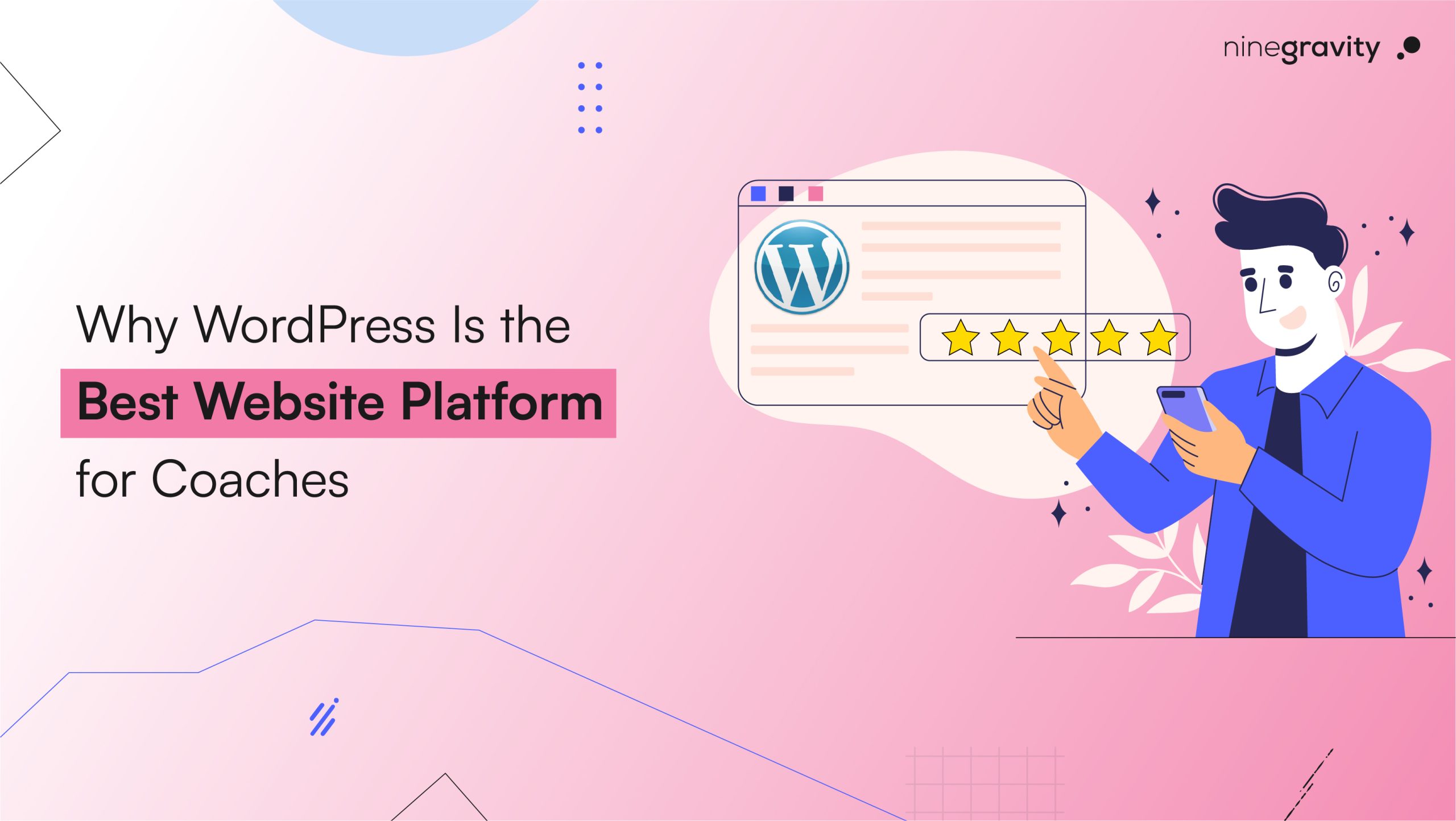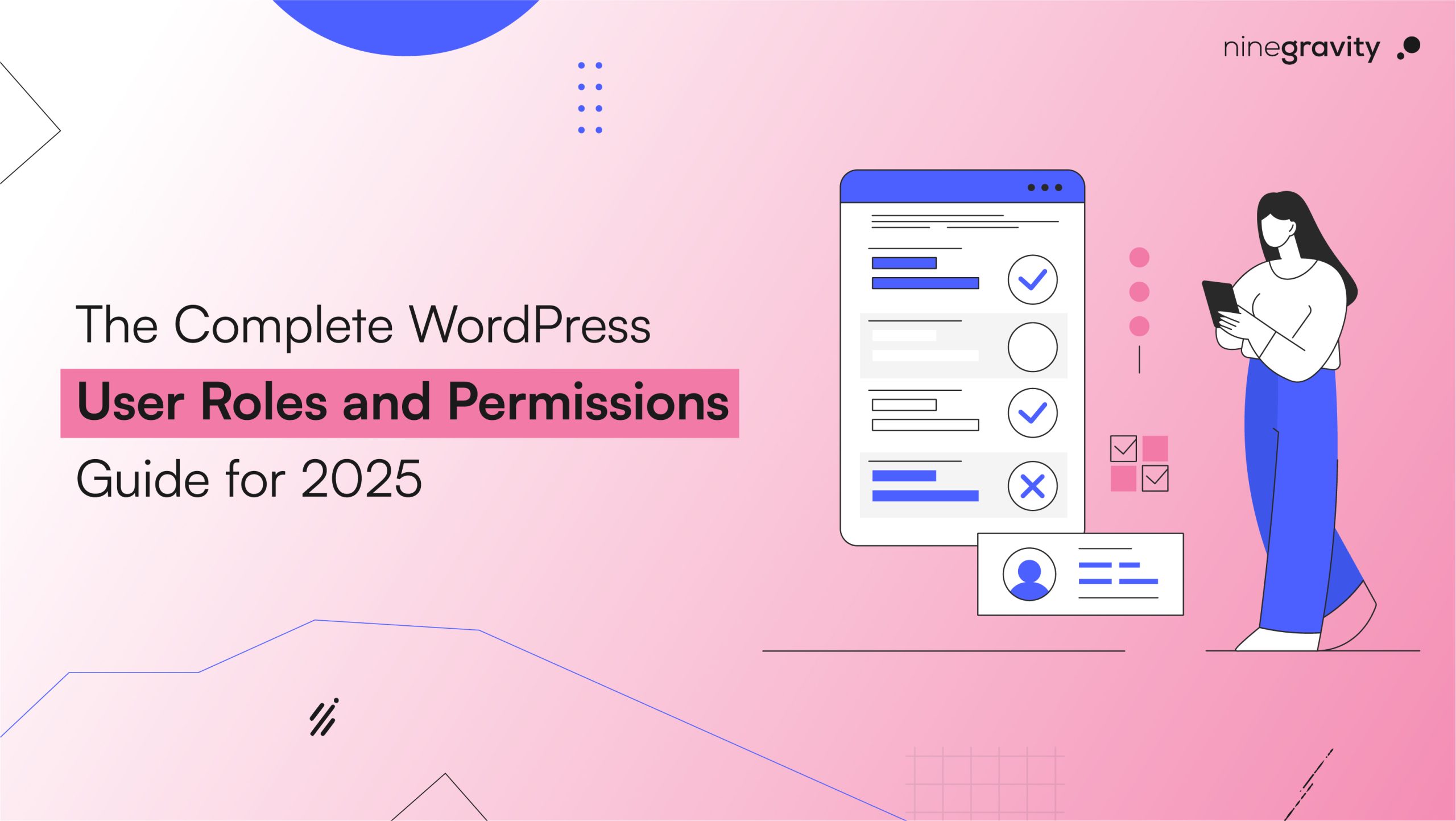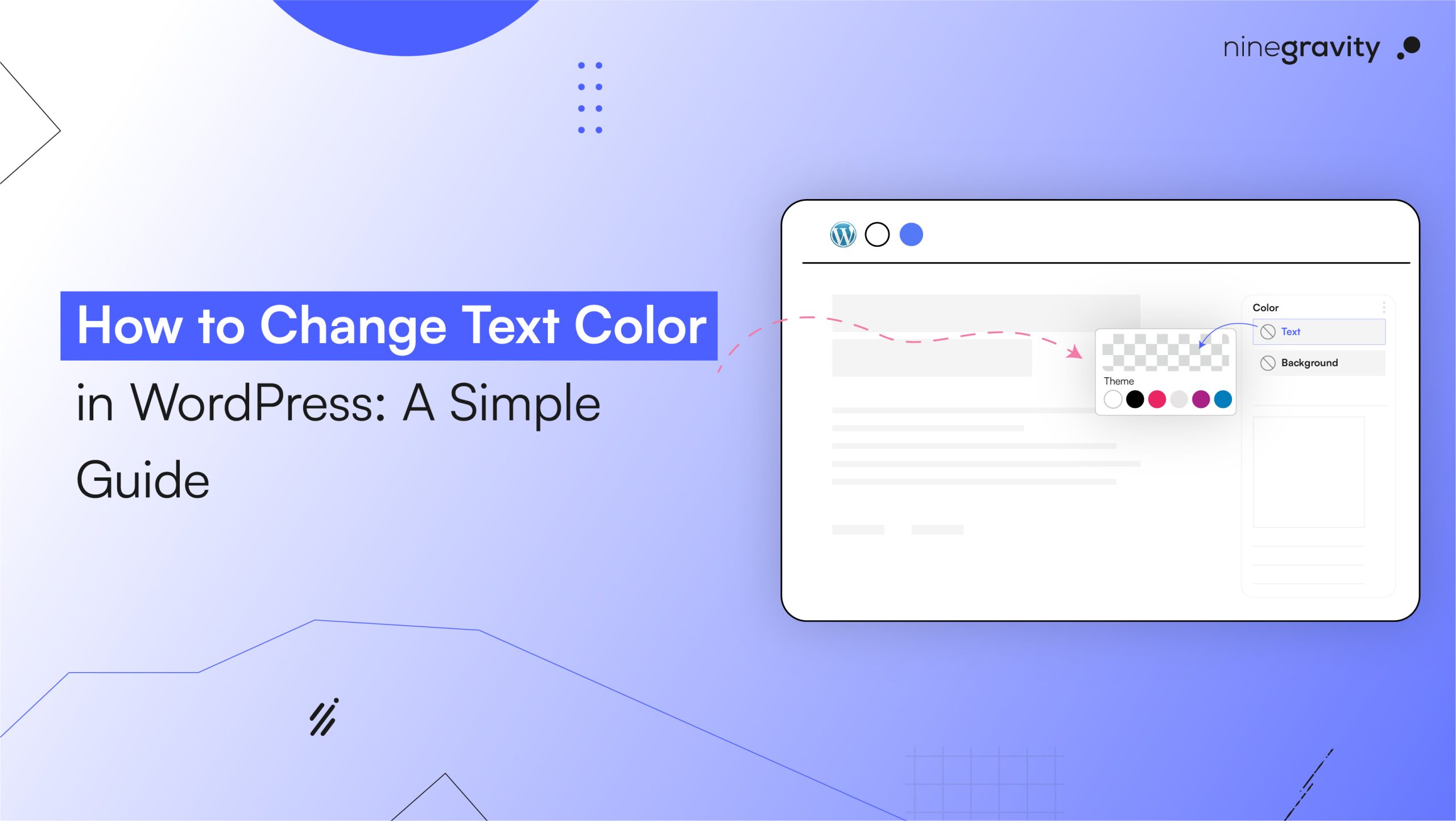TL;DR:
Want to build a scalable WordPress website that stays fast and works well even when lots of people visit it? Start by picking good hosting (like cloud or managed hosting) that can grow with your site. Use a simple, fast theme and only install plugins you need. Add caching so your pages load quicker, and clean up your site’s database now and then. Compress your images, use lazy loading so things load only when needed, and use tools like CDNs to send content faster. Keep everything updated and check performance regularly so your site stays strong as it grows.
Table of Contents
1. How to Choose the Right Hosting Provider?
What is Scalable WordPress hosting?
Managed WordPress hosting is designed to meet the unique needs of WordPress websites. These hosting providers take care of core WordPress updates, security patches, and performance optimizations directly on their servers.. Among the well-known managed WordPress hosting providers are WP Engine, Kinsta, and Flywheel.
Benefits:
- Automatic Updates: The host reduces the risk of security vulnerabilities by controlling WordPress core updates.
- Daily Backups: Ensuring your data is secure and easily restored when necessary requires frequent backups.
- Enhanced Security: Advanced security features, such as malware detection and eradication, are offered by managed hosts.
Cloud Hosting
The scalability and versatility of cloud hosting are unmatched. Cloud hosting lets you adjust resources to match fluctuations in demand by storing your website on a network of virtual servers. Among the leading cloud hosting providers are AWS from Amazon Web Services, Azure from Microsoft, and GCP from Google Cloud Platform.
Advantages :
- Scalability: The capacity to easily add or remove resources as needed.
- High Availability: Distributed servers ensure both high availability and reliability.
- Cost-Effectiveness: Just paying for the resources you utilise makes it economical for variable traffic.
The networks that deliver content (CDNs)
Cache-keeping content near end users is done by a geographically distributed group of computers called a content delivery network (CDN).
Benefits:
- Diminished Latency: Send information from the server nearest to the user.
- Load Distribution: To avoid overload, split up traffic among several servers.
- Enhanced Security: Guard against threats and DDoS attacks.
2. How to Optimize Your WordPress Theme
Choose a Lightweight Theme
A lightweight theme improves your site’s load times and performance. Avoid themes bloated with unnecessary features. Instead, opt for minimalistic themes designed for speed and efficiency. Examples include Astra, GeneratePress, and Neve.
Benefits:
- Faster Load Times: Less code means quicker page loads.
- Better Performance: Reduced resource usage enhances overall site performance.
- SEO Benefits: Faster sites tend to rank better in search engines.
Minimize the Use of Plugins
While plugins add functionality, too many can slow down your site. Only install essential plugins and regularly audit your site to remove any that are no longer necessary. Focus on high-quality, well-maintained plugins.
Tips:
- Audit Plugins Regularly: Check for outdated or unused plugins.
- Employ Multifunctional Plugins: To cut down on the overall number of plugins, choose those that provide several capabilities.
- Track Performance: To find plugins that might be slowing down your website, use tools like Query Monitor.
Use a Child Theme
You can alter a child theme without having an impact on the parent theme. This keeps your site safe and scalable by guaranteeing that your customizations don’t get lost when the theme is updated.
Benefits:
- Safe Updates: Parent theme updates won’t overwrite your customizations.
- Customization Flexibility: Easily make changes to your site’s design and functionality.
- Better Maintenance: Keep customizations organized and separate from the core theme.
3. How to Implement Caching on WordPress
Use a Caching Plugin
Plugins that cache your pages help speed up load times and lower server load by storing static versions of your pages. Among the popular caching plugins are WP Super Cache, W3 Total Cache, and WP Rocket.
Benefits:
- Decreased Server Load: Deliver pages from the cache rather than creating them instantly.
- Improved Load Times: Faster delivery of cached content to users.
- Enhanced User Experience: Quicker page loads lead to a better user experience.
Utilize Browser Caching
Browser caching stores static files in users’ browsers, reducing the need to reload resources on subsequent visits. This can significantly speed up your site for returning visitors.
Tips:
- Set Expiration Dates: Define how long browsers should cache certain files.
- Utilise Caching Headers: To regulate caching behaviour, use headers like `Cache-Control ‘ and `Expires ‘.
- Enhance Validation of Cache: Make sure that any improvements you make to your website destroy the relevant cache files.
Enable Object Caching
Object caching stores database query results to improve performance. Plugins like Redis Object Cache and Memcached can be used to implement object caching in WordPress.
Benefits:
- Reduced Database Load: Cache frequently queried data to reduce database requests.
- Faster Query Response: Serve cached data quickly instead of querying the database each time.
- Scalable Performance: Handle increased traffic without overloading the database.
4. How to Optimize Your WordPress Database
Regular Database Maintenance
Regularly clean your database to remove unnecessary data like post revisions, spam comments, and transients. Plugins like WP-Optimize and Advanced Database Cleaner can automate this process.
Tips:
- Schedule Cleanups: Set regular intervals for database maintenance.
- Optimise Tables: To enhance performance, regularly optimize database tables.
- Track Database Capacity: To make sure it doesn’t grow too big, monitor the size of your database.
Use a Dedicated Database Server
For high-traffic sites, consider using a dedicated database server. This separates your database from your web server, improving performance and scalability.
Benefits:
- Improved Performance: Dedicated resources for your database enhance performance.
- Better Scalability: Easily scale database resources independently from web servers.
- Increased Security: Isolate the database for enhanced security measures.
Optimize Database Queries
Efficient database queries reduce load times. Use tools like Query Monitor to identify slow queries and optimize them. Ensuring your database is indexed properly can also improve performance.
Tips:
- Index Key Columns: Ensure that frequently queried columns are indexed.
- Avoid Complex Queries: Simplify queries to reduce execution time.
- Use Caching: Cache results of frequently executed queries.
5. How to Enhance Media Management
Optimize Images
Large images can slow down your site. Use plugins like Smush or ShortPixel to compress images without losing quality. Additionally, serve images in next-gen formats like WebP for faster loading.
Tips:
- Automate Compression: Use plugins to automatically compress images on upload.
- Serve Scaled Images: Make sure the right size of the image is displayed.
- Employ responsive Images to serve various image sizes according to the resolution of the device.
Implement Lazy Loading
Lazy loading defers the loading of images and videos until they are needed. This reduces initial load times and improves user experience. WordPress now supports lazy loading natively, or you can use plugins like a3 Lazy Load.
Benefits:
- Faster Initial Load: Load only the content visible to the user.
- Reduced Bandwidth Usage: Save bandwidth by loading media only when necessary.
- Improved User Experience: Enhance perceived performance by loading media as needed.
Use a Dedicated Media Server
For media-heavy sites, consider using a dedicated media server or a service like Amazon S3. This offloads media from your main server, improving overall performance.
Benefits:
- Offload Media Storage: Reduce the load on your main server by storing media separately.
- Scalable Storage: Easily scale storage capacity as needed.
- Enhanced Delivery: Use CDNs to deliver media quickly and efficiently.
FAQs: Scalable WordPress Website
1. Are there any plugins available that improve scalability?
Answer: Yes, there are a lot of useful plugins like W3 Total Cache, WP Optimize, and others that improve the scalability of the website.
2. What should I do if my website crashes due to high traffic?
Answer: Backup should be kept to make restoring your website simple. Think about adding load balancing, utilising a CDN to spread traffic, and upgrading your hosting package. Performance tracking and load testing can aid in averting crashes in the future.
3. Can I scale my site without changing my hosting provider?
Answer: It depends on your current provider and plan. Some shared hosting plans may not be suitable for high traffic. In such cases, consider upgrading to a VPS, dedicated server, or managed WordPress hosting. Using CDNs and optimising your site can also help.
4. How frequently should I maintain my website?
Answer: At least once a month, routine maintenance, including backups and upgrades, should be carried out. Weekly or even daily maintenance could be required for sites with a lot of traffic. Regular audits and performance monitoring are also important.
5. What typical errors should one steer clear of when scaling a WordPress website?
Answer: Using multiple plugins, not optimising images, ignoring security precautions, and skipping routine updates and backups are common errors. A scalable and reliable website can be ensured by avoiding these errors and adhering to best practices.
Wrapping Up
You can create a WordPress website that is not only scalable but also safe, quick, and ready to accommodate growth by using these thorough practices. To guarantee that your website stays reliable and effective and is prepared to handle the demands of growing traffic and changing user requirements, be proactive with maintenance and performance monitoring.



